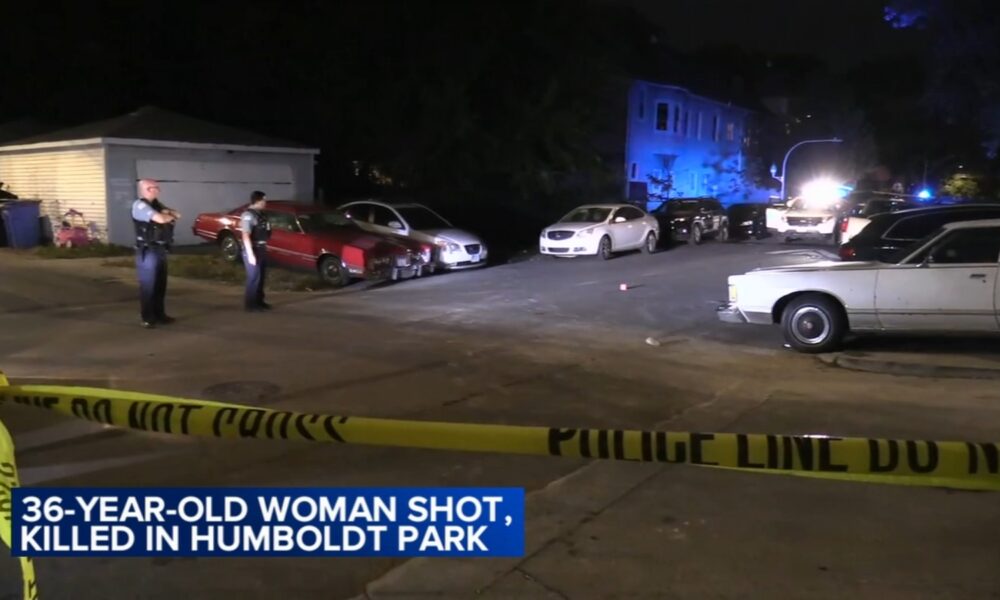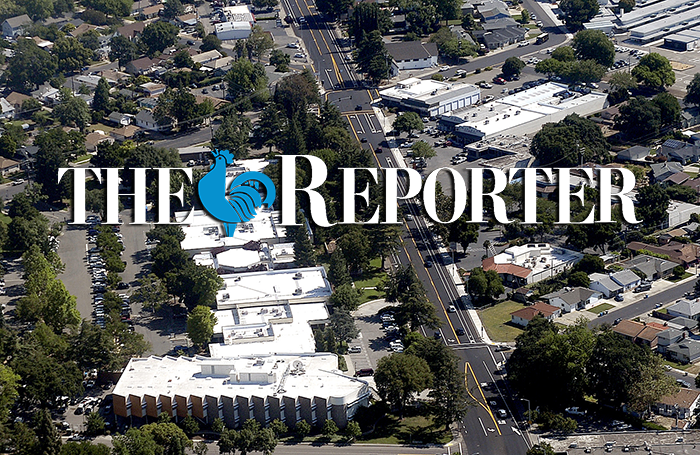UPDATE: New York City has achieved a significant milestone in its battle against drug overdose deaths, reporting a 28% decrease in fatalities for 2024. The city health department confirmed that 2,192 individuals died from accidental drug overdoses last year, down from 3,056 deaths in 2023. This urgent news was released just yesterday, reflecting a nationwide trend toward reducing overdose rates.
This decline represents a breakthrough after years of record-high overdose deaths, with the city’s numbers stabilizing for the first time since 2023. Mayor Eric Adams expressed cautious optimism, stating,
“Progress on reducing opioid overdoses will never make up for the families that have been devastated…but it gives us hope that brighter days are ahead.”
The city’s ongoing initiative, HealthyNYC, aims to further decrease annual overdose deaths to 1,812 by 2030. Despite this hopeful trend, the rise of opioids, particularly fentanyl, has historically quadrupled the annual overdose death toll in New York City, which was just above 600 deaths in the year 2000.
Nationwide, federal data reveals an estimated 80,391 drug overdose deaths in the United States in 2024, marking a 27% drop from the previous year. For the first time since 2018, overdose deaths among Black and Latino New Yorkers have also seen a decline, although stark racial and geographic disparities remain. In the Bronx, overdose deaths fell 24%, yet the borough still grapples with the highest death rate—more than double that of Manhattan.
Advocates like Marilyn Reyes from the nonprofit Vocal NY highlighted the ongoing crisis, saying,
“My borough’s devastated with the overdose deaths…the city must continue their investment in solutions that work.”
Reyes expressed concerns about increasing policing of drug users, which she believes disrupts efforts to connect individuals to critical services.
The improvements were particularly notable in Staten Island, which recorded a remarkable 49% decline in overdose deaths. Toni Smith, state director for the Drug Policy Alliance, cautioned that while the latest decline is promising, the “drug supply is unpredictable,” emphasizing the need for sustained efforts.
Despite recent federal funding cuts posing challenges, New York City has secured approximately $190 million from legal settlements with opioid manufacturers, expected to rise to $550 million by 2041. These funds are earmarked for treatment programs and initiatives aimed at reducing overdose deaths.
Mayor Adams’ administration has also invested $41 million in fiscal year 2025 in treatment and harm reduction programs. The city currently operates two overdose prevention centers, where individuals can use drugs under supervision, minimizing the risk of fatal overdoses. However, advocates are calling for more centers, as legal uncertainties challenge their expansion.
In a recent mayoral debate, candidates expressed differing views on the future of overdose prevention centers, with former Governor Andrew Cuomo and Democratic nominee Zohran Mamdani supporting their continuation, while Republican candidate Curtis Sliwa proposed abolishing the program.
As New York City navigates this pivotal moment, the upcoming mayor will face the critical task of building upon this progress to further reduce drug-related deaths. Advocates insist that without a commitment to harm reduction strategies, the city risks losing even more lives in vulnerable communities. Stay tuned for further developments as officials continue to address this urgent public health crisis.







